Disclaimer: This blog post contains affiliate links. If you make a purchase through these links, I may earn a small commission at no additional cost to you. Learn More. Thank you for supporting our garden community.
How to Prep Garden Soil for Spring
Preparing your garden soil for the spring season is crucial for a successful and bountiful garden. In this comprehensive guide, we will walk you through the necessary steps on how to prep garden soil for spring and ensure that your garden soil is ready for planting. By following these steps, you can provide your plants with the optimal conditions they need to thrive.
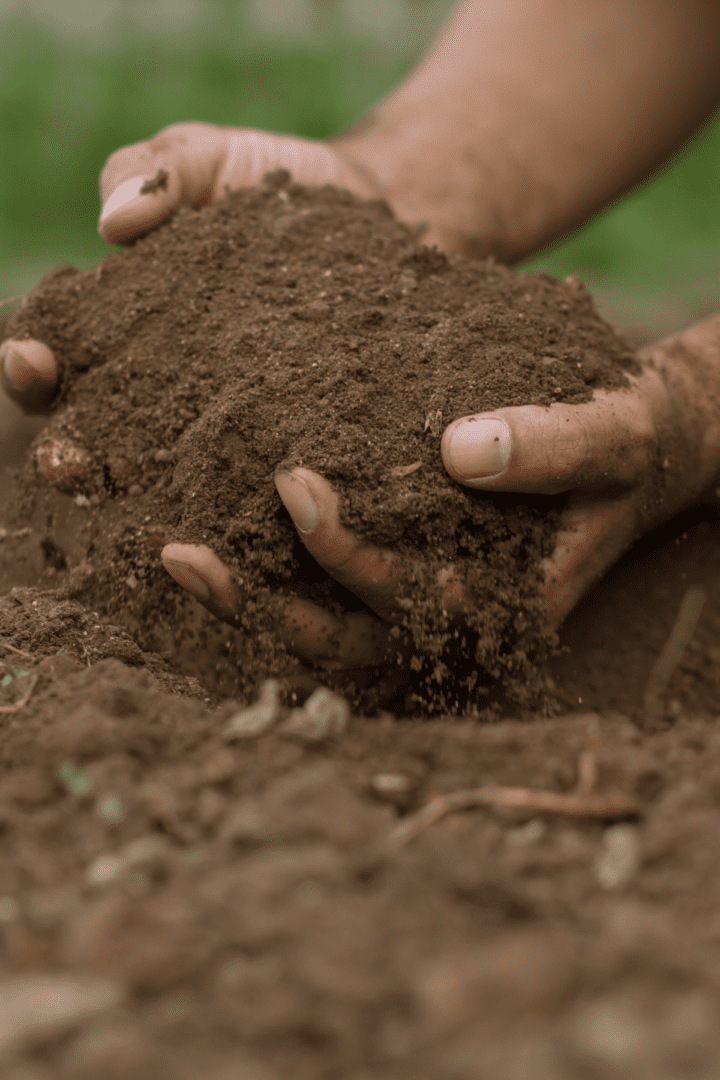
Plants and garden soil are very similar to children and their environment; what you give them now will shape their future.
How to Prep Your Garden Soil for Spring
In this post, you will learn the necessary steps and techniques to prepare your garden soil for the spring season. You will gain a solid understanding of how to assess the condition of your soil through simple tests and make informed decisions about soil amendments.
We will also discover effective methods for cleaning the garden area, incorporating organic fertilizers, adjusting soil pH, addressing drainage issues, and mulching the garden beds. Additionally, you will receive valuable guidance on timing and specific soil preparation techniques for different types of plants, ensuring a successful and bountiful gardening season.
Assessing the Soil
Before you begin, it’s essential to assess the current condition of your garden soil. You can gather soil from your garden and ship it to a local laboratory for them to do a simple nutrient analysis. Most tests involve taking a few cups of your garden soil, placing it into a shipping bag, and shipping it away to a lab.
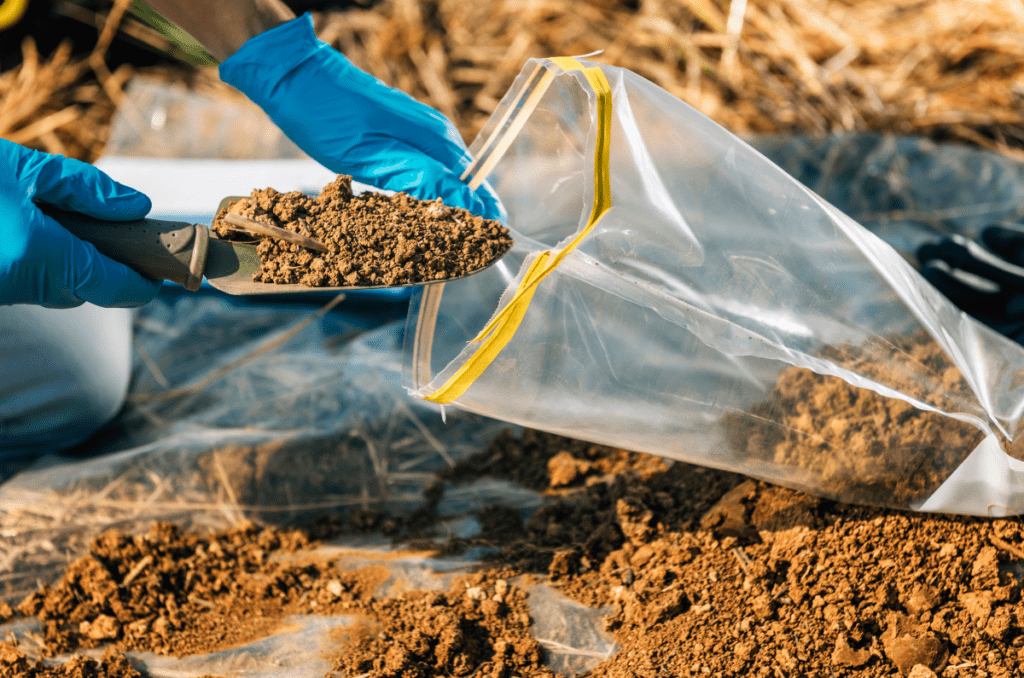
The information they give you will guide you in making informed decisions about soil amendments. None of this is necessary, of course, but it will help you determine what you should supplement your soil with.
Clearing and Cleaning the Garden Area
Clearing away debris, weeds, and unwanted vegetation is the first step to prepare your garden for spring planting. Remove weeds that have grown over the winter, as well as newly-emerging weeds. If left untouched, the weeds will slowly steal nutrients from your soil, leaving your plants with nothing
Debris, such as rocks, wood chips, sticks, and leaves, can inhibit the growth of young spring plants, so it is best to remove these.
Amending the Soil
To improve soil fertility and structure, it’s vital to amend your garden soil. You can use different types of organic matter, such as compost or aged manure, that will enrich your soil. Organic fertilizers can also be used to create an optimal growing environment for your plants.
It is important to choose the right organic fertilizer, as you don’t want unnecessary nutrients building up in the soil; this can do more harm than good in the long run. Not every nutrient is needed, which is why you should check out our organic fertilizer guide.
Incorporating Organic Fertilizers
When incorporating Organic fertilizers into your spring garden soil, it is important to do it right. For liquid fertilizers, dilute it according to the instructions on the label. For granular (powdered) fertilizers, simply sprinkle a handful on top of the soil before planting.
Alternatively, you can apply a dusting inside the planting hole when transplanting seedlings.
You can also visit The Andersons Home and Garden for their selection of organic garden fertilizers, including the Dirt Booster Plus. Dirt Booster Plus is an all-natural compost starter and soil amendment that starts to work in just 7-12 days.
Adjusting Soil pH
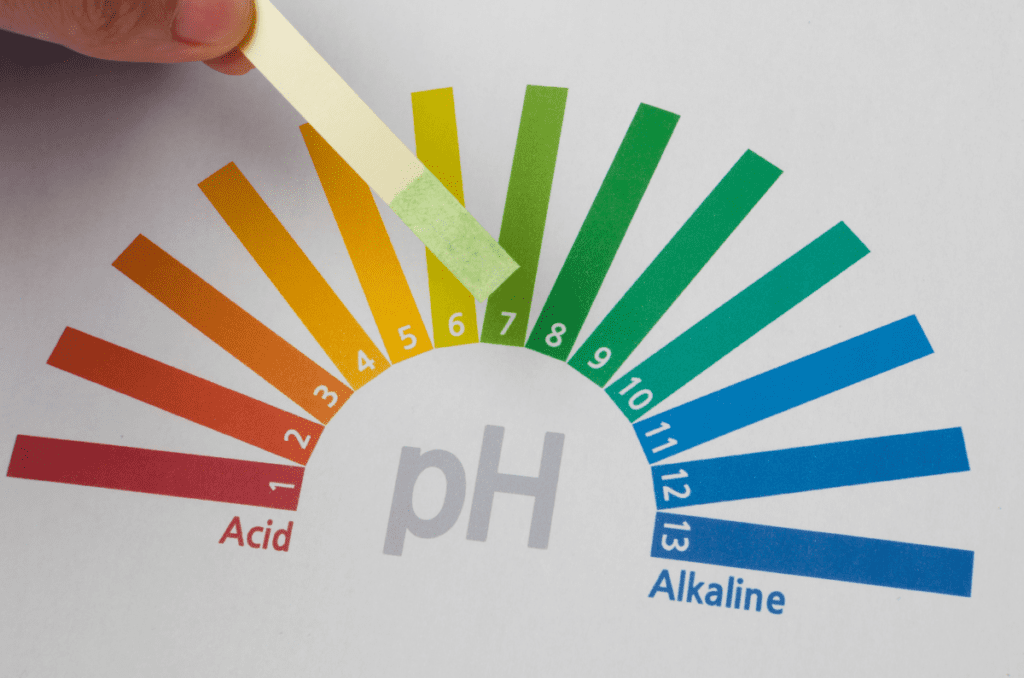
Soil pH plays a crucial role in plant health and nutrient availability. You can buy soil pH test kits at your local nursery or garden centre. They typically consist of a container where you put an amount of soil, a pH indicator liquid, and a key to identify the pH based on the colour of the solution.
These soil test kits are generally considered reliable and accurate. If you want to get a more detailed view, again, you can send a soil sample to a local lab in your area.
Addressing Drainage Issues
Proper drainage is essential for healthy plants. Most plants prefer and benefit from well-draining soil. After the winter season, it’s crucial to ensure that excess water from snowmelt can drain away, preventing root rot and other water-related issues.
To do this, you may need to add perlite to your soil. Perlite is an organic, naturally-occurring volcanic glass that is used to aerate garden soil, among other uses. It can be mixed into raised bed soil, as well as in pots and grow bags.
Alternatively, you can try using a broadfork. A broadfork is a long pitchfork-type tool that is stabbed into the soil and gently wiggled around to allow oxygen to reach the lower layers. Check out this broadfork if you want to purchase one for yourself.
Mulching the Garden Beds
Mulching offers numerous benefits in the garden, including moisture retention, weed prevention, and soil temperature regulation. Garden mulch will help your plants thrive while reducing the need for frequent watering and weeding.
Popular mulches include: shredded leaves, straw, wood chips, and sawdust. For a complete overview, check out our mulching guide.
Preparing for Planting
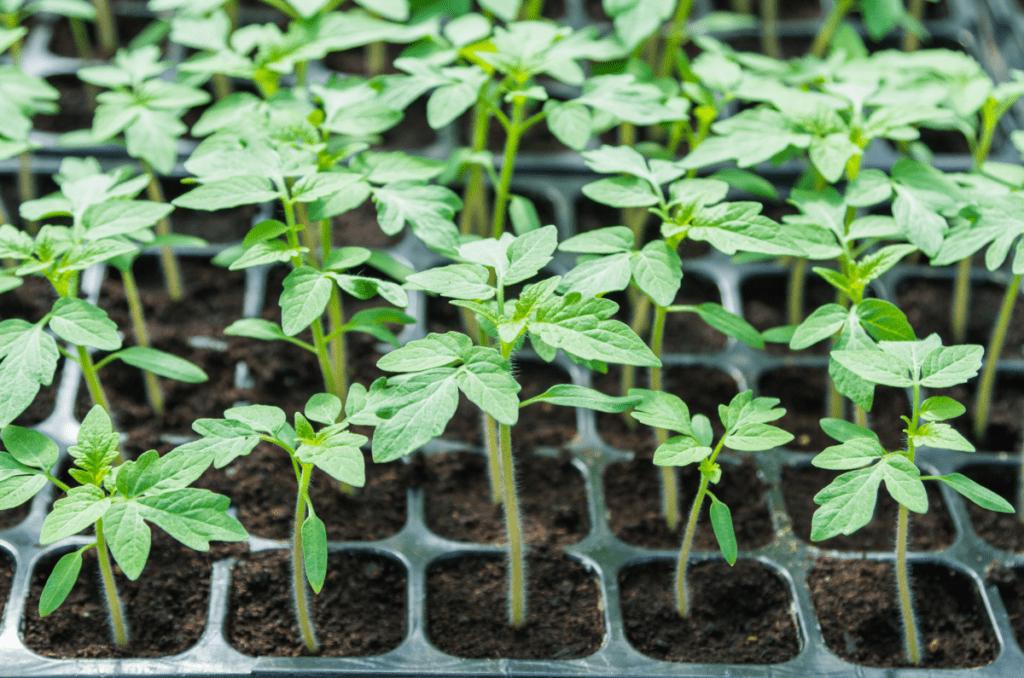
Timing is crucial when it comes to spring planting. Most spring vegetables can tolerate a light frost, such as lettuce, brassicas, and radishes. On the other hand, summer crops like cucumbers, pumpkins, and tomatoes need to be planted after the danger of frost has passed.
It is also important to harden off seedlings. This is the process of letting your young plants slowly adapt to the harsh conditions of the outdoors. For more information on hardening off seedlings, check out our comprehensive seed starting guide.
Frequently Asked Questions
Generally, it is a mix of adding organic matter, aerating the soil, and adding a balanced organic fertilizer. This will help to set your plants up for success during the season.
You should always properly hydrate your garden soil before planting anything into it. This could mean setting up a sprinkler for 30 minutes, or hand watering until the soil is visibly wet.
Ideally, you should prepare your garden soil about 1 week before planting into it. But, this is not a perfect world, and you will realize that this is almost unachievable when we get to summer. At the very least, you should wait 1 day to allow everything to settle.
Adding compost is a great way to improve your soil quality. Compost adds nutrients, improves drainage, and helps retain moisture. You can usually find compost for sale at most garden centers or landscaping suppliers.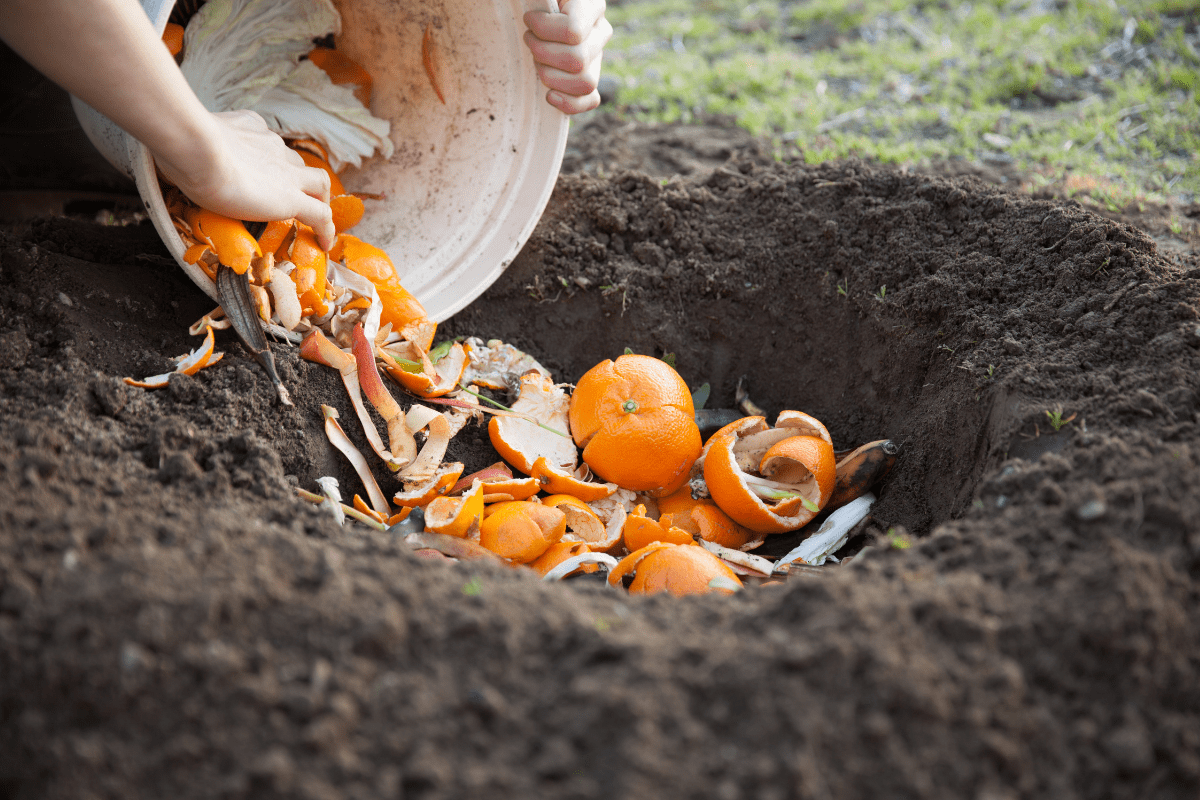
You can add compost to your garden soil in the fall or early spring. If you’re adding a lot of compost, it’s a good idea to till it into the soil to a depth of a few inches.
Products:
If you want to purchase seeds for your spring garden, check out the following link:
Conclusion
By following this step-by-step guide on how to prep garden soil for spring, you are setting yourself up for a successful gardening season. Remember, healthy soil is the foundation for healthy plants.
With the proper soil preparation, your garden will flourish, and you’ll enjoy a bountiful harvest. Start prepping your garden soil today and get ready to reap the rewards of your efforts!
This post was linked to in County Road 407’s Friday Farmhouse blog hop. Check out their site to learn more!
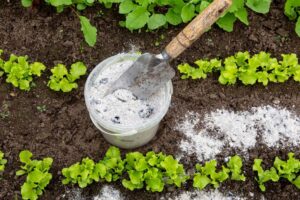
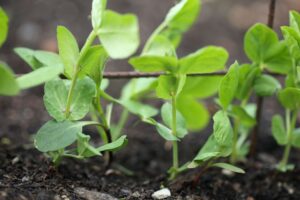
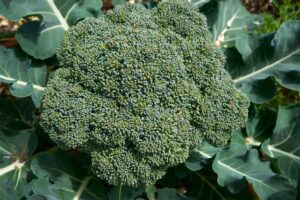
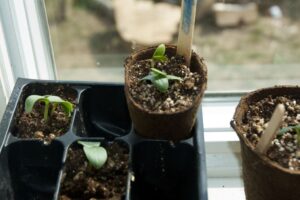
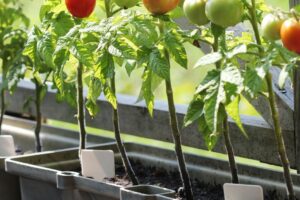
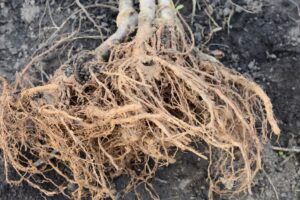
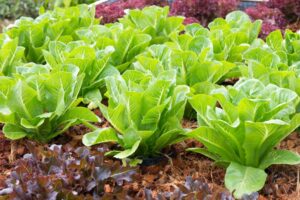
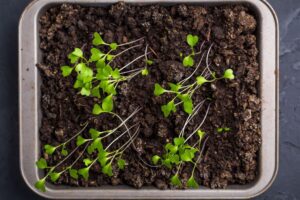
Thank you for sharing this with us on Farmhouse Friday! I’ll be featuring it tomorrow. Hope you continue to link up. pinned